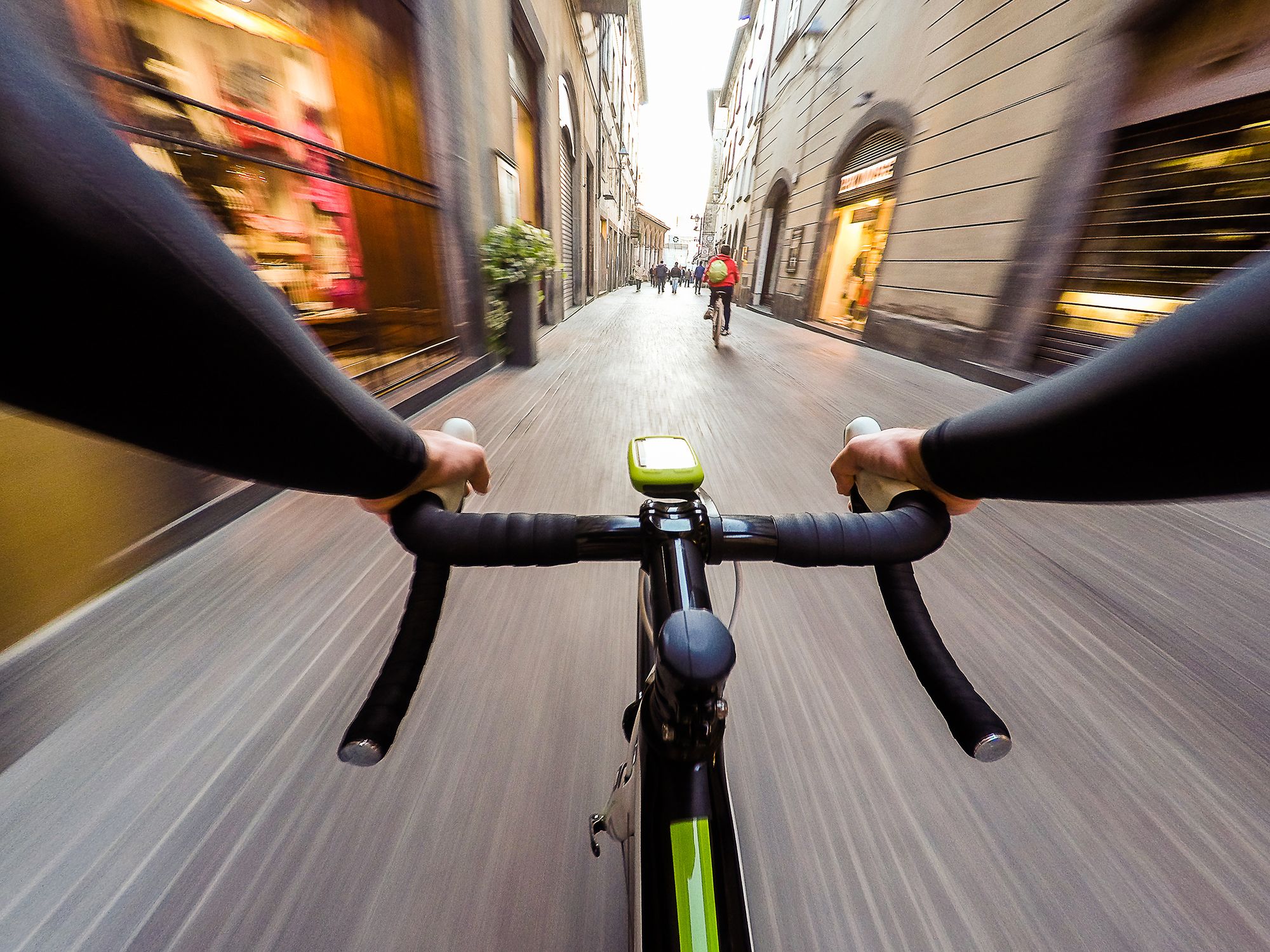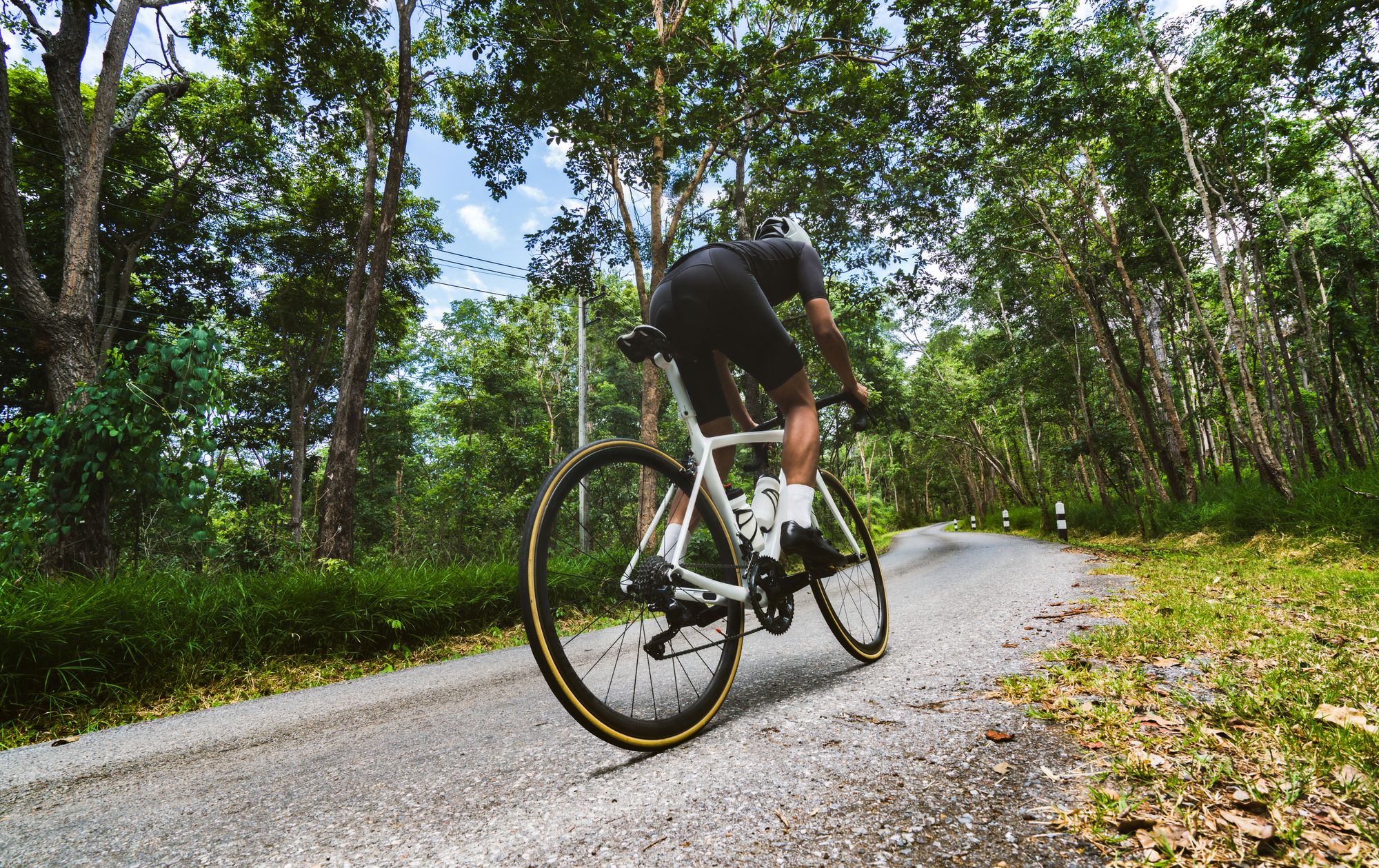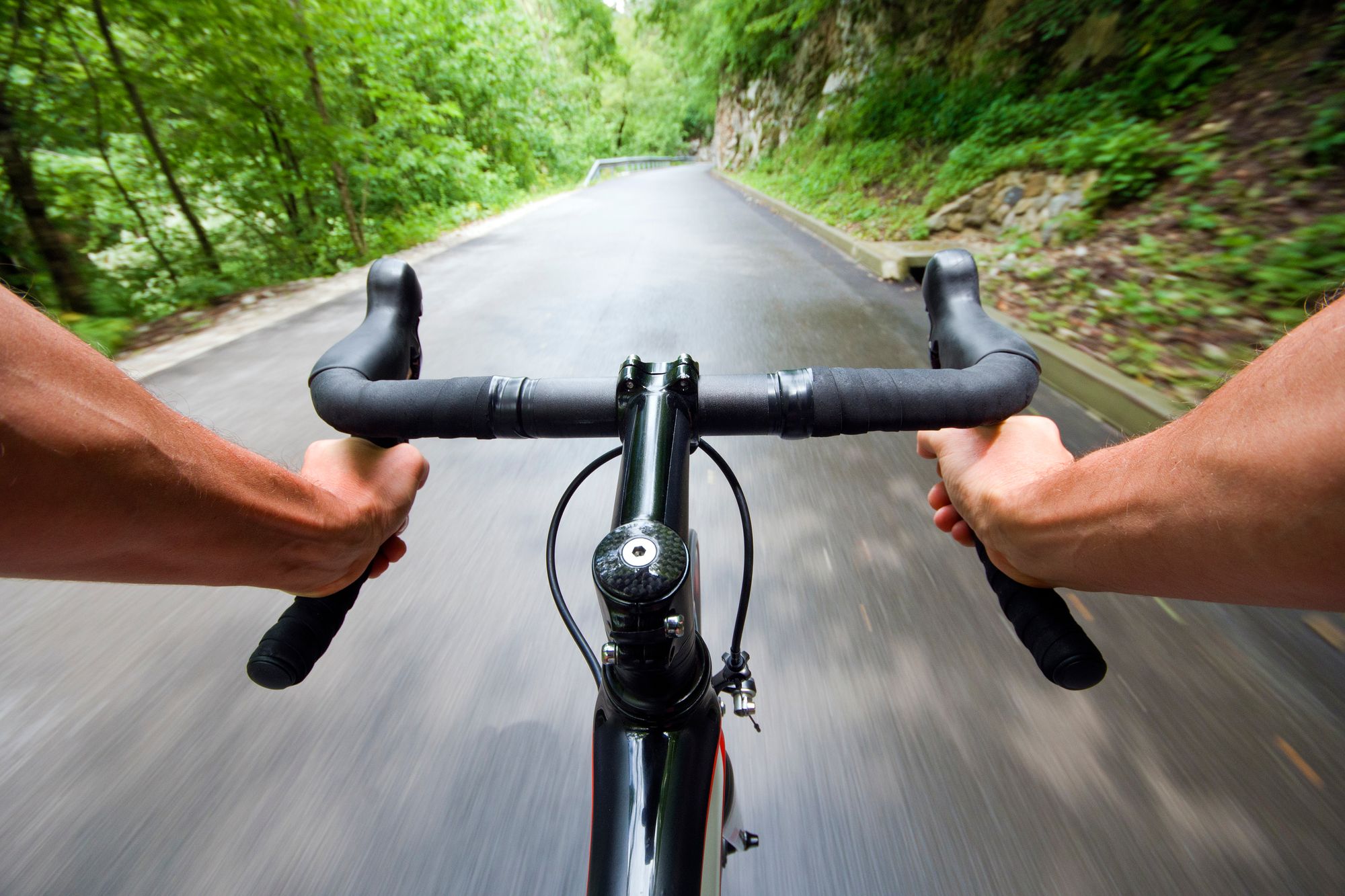How to do a planned training session on the road, safely.

In the wake of 2020, now that we all seem to be doing more riding, many of us are picking up training plans to help boost our cycling.
Getting your hands on a turbo trainer is still difficult. A good second hand deal on a turbo is like gold dust nowadays, and unless you’re willing to spend hundreds on new indoor training equipment, sometimes it just doesn’t feel possible to complete planned sessions.
However, it is possible to complete a training plan outside on the roads.
Training on the roads can feel dangerous. And when you throw in sprints, heart rates, watts and recovery stats, you make it more difficult than ever.
But training sessions outside can be done, with a little preparation and awareness. Maybe you’re not a lucky turbo owner, or you just fancy actually getting out of the house to train for once.
Here at Pillar, we’re dedicated to helping athletes of all experience levels to get out on the road and enjoy their riding. (Click here to see how we’re doing it.) Our training sessions can be done on the turbo, or outside in the sunshine.
Read on for our tips on how to complete a planned session out on the roads.
Look for a flat route
This one may seem like a given, but be sure to make things as easy as possible for yourself and look for a flat route to complete your session. You can use Strava, Garmin or Komoot to look for routes with as little elevation as possible. Perhaps that just means going in a little 5 mile loop 10 times, or even finding a quiet or closed road nearby.
This may not be possible in some areas, but you can try your best to exclude large hills. This will make keeping consistent heart rate, cadence, and power as easy as possible.
If your planned session for the day is an easy steady-state effort, you can simply include nice relaxed loops of this route. Or if you're doing a sprint session, you can easily control your 'on' efforts by not having to worry about ascending or descending a big hill.
Do hill reps as your intervals
On the other hand, if you’ve planned a sprint session, you could also look for a hill near to you to complete this workout. Search for a quiet road with a decent gradient, and perhaps even a nice wide bus lane to stick to.

As part of your interval training, you can complete repetitions of this route. Hills are the perfect place to experience some more resistance and to get your heart rate up. Climbing will function perfectly as the “on” interval, whilst the descent is a great “off’ interval to allow your heart rate to return to normal.
Pillar is a smart and dynamic training companion, which creates you a personalised training plan based on your fitness, your goals & your availability.
With cutting edge sports science at its core, Pillar takes a holistic approach to your endurance training—including nutrition, rest, and rehabilitation. We’re on a mission to help cyclists of all types to level-up their training.
Try it out nowLow intensity training sessions (Zones 1 & 2)
Ascending
If you’re completing a low intensity session (for instance, in a easy/medium HR zone) and you find yourself having to tackle a big hill, make sure you stay in an easy gear and keep your cadence high.
Breathe calmly, and don’t allow your heart rate to rise. As tempting as it may be to give in to pressure from traffic and ascend as quickly as possible, stick to your plan and keep the wheels turning at a low intensity.
If you find your heart rate rising while climbing, concentrate again on your cadence and breathing deeply. You should notice your heart rate dropping.

Descending
If you’ve just climbed during your session, you may quickly find yourself descending, too. Be sure not to give in to the temptation to coast down the hill, feeling the wind in your hair. You should keep your cadence even, and try to match the tempo you had whilst climbing. Find a harder gear, and keep pedalling to keep your heart rate from dropping. Make sure, with all this in mind, to maintain a safe speed and stay aware of the traffic around you.
Don’t sprint downhill
This is where things can become a little unsafe. If you’re completing an interval session, and a sprint starts on a sharp decline, try to delay by pausing the workout until you reach a more level stretch.
Sprinting hard on a descent can lead to a seriously unsafe situation. You don’t want to be focussing on sprinting and travelling over 40mph to have something unexpected in your path, a red light, or a stopped car.

Don’t forget!
- Stay safe. Don’t ever prioritise a sprint or holding a specific zone over your own safety. Stop for red lights, pedestrian crossings, and don’t traffic-dodge. Make sure to look up from your watch/screen and don’t bow your head in pain or concentration.
- Set up auto pause. Set up your watch or device to pause the workout automatically when stationary. This way you’ll have to worry less about your average watts/speed for each portion of the workout.
- Take up the space that you need to. If you’re in the middle of a tough sprint, and on a narrow road or another unsafe spot, make sure you take up the space you need to to cycle safely (i.e. cycle in the middle of your lane.) Don’t allow yourself to be confined to the side of the road with debris or potholes.
- If riding with others, ensure you all can ride safely in groups and are able to communicate warnings (cars, potholes, when it is “clear” etc). Keep enough space between yourselves to allow a safe stopping distance, especially when sprinting.
Pillar is building a better training experience for all kinds of cyclists. We’re developing the ultimate training companion; Think of an issue you’ve had with your training - we want to solve it.
We’ve started with dynamic, adaptive training plans that adjust based on your performance.
We’re branching out to in-app coaching, tailored nutritional plans as well as community, accountability and rewards!
If you want to be a part of the early story, join the exclusive beta today.
Try it out


